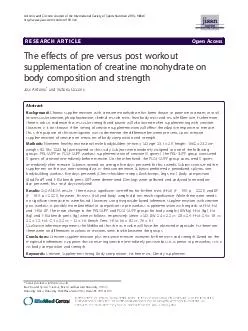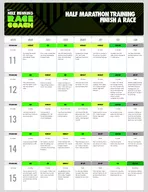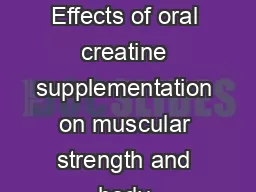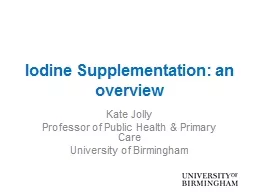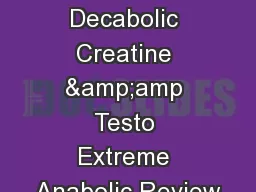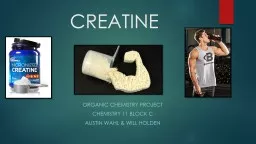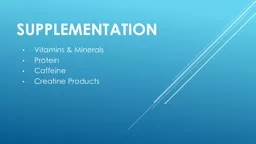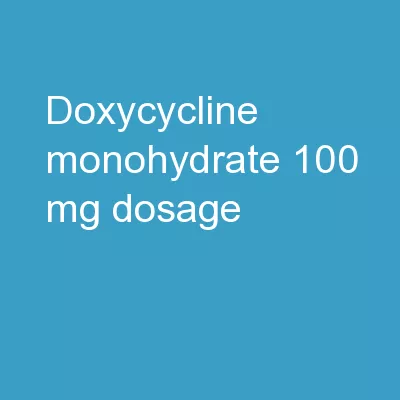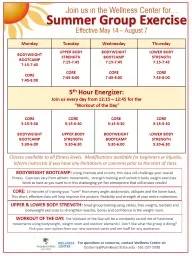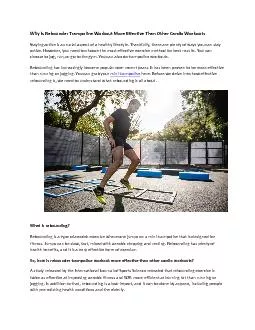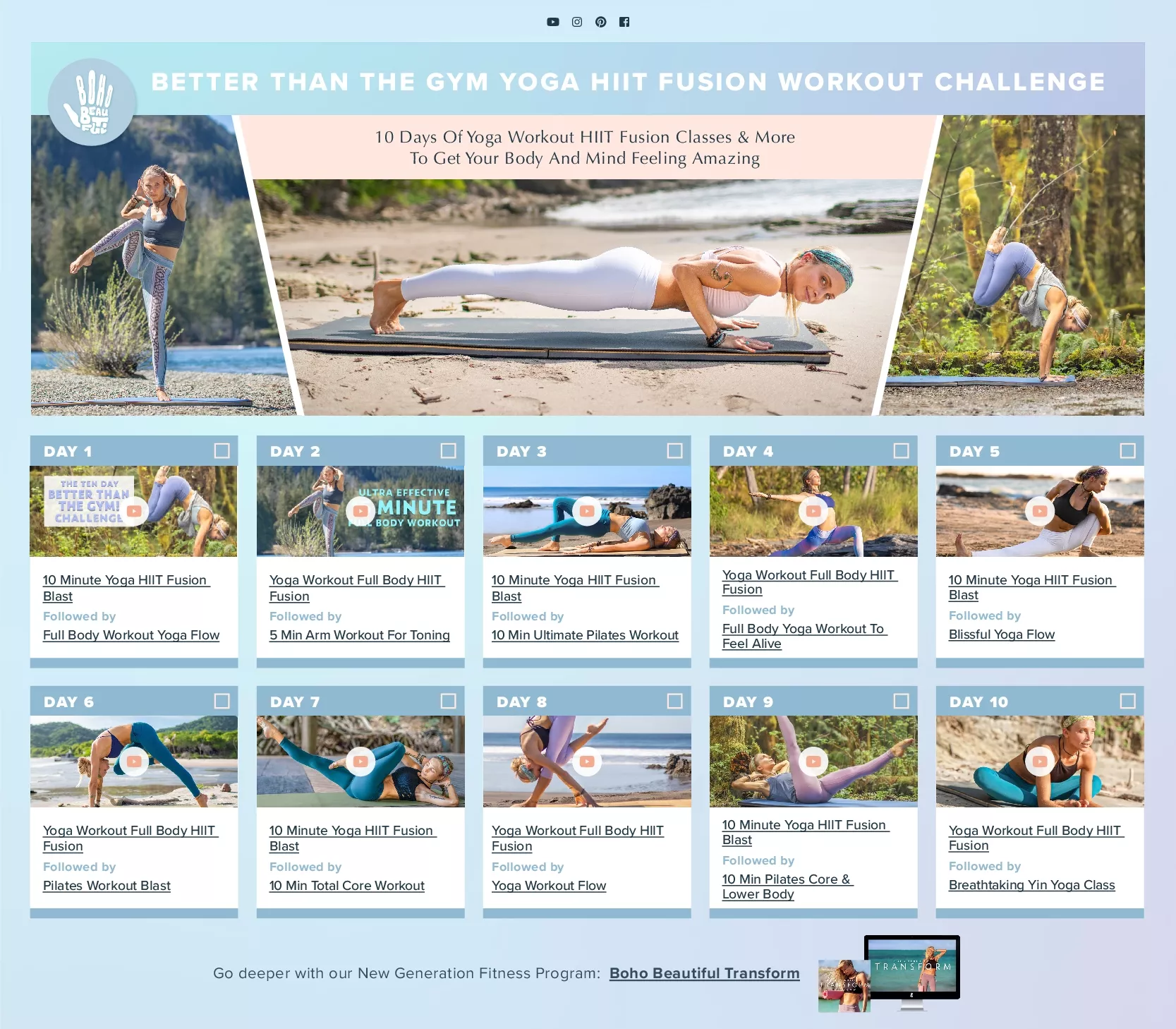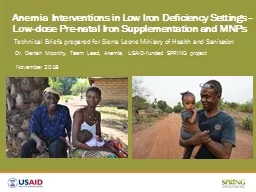PDF-RESEARCH ARTICLE Open Access The effects of pre versus post workout supplementation of
Author : jane-oiler | Published Date : 2014-11-24
Furthermore there is robust evidence that muscular strength and power will also increase after supplementing with creatine However it is not known if the timing
Presentation Embed Code
Download Presentation
Download Presentation The PPT/PDF document "RESEARCH ARTICLE Open Access The effects..." is the property of its rightful owner. Permission is granted to download and print the materials on this website for personal, non-commercial use only, and to display it on your personal computer provided you do not modify the materials and that you retain all copyright notices contained in the materials. By downloading content from our website, you accept the terms of this agreement.
RESEARCH ARTICLE Open Access The effects of pre versus post workout supplementation of: Transcript
Download Rules Of Document
"RESEARCH ARTICLE Open Access The effects of pre versus post workout supplementation of"The content belongs to its owner. You may download and print it for personal use, without modification, and keep all copyright notices. By downloading, you agree to these terms.
Related Documents

